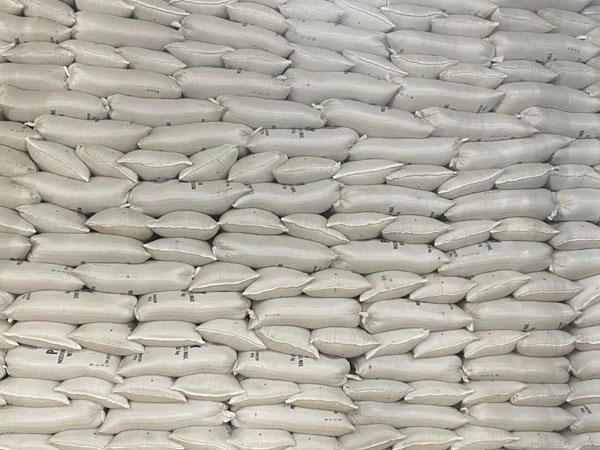Foreign media news on January 8: Industry agencies said that rice prices in Vietnam this week fell to the lowest level in more than two years and the lowest level in Asia due to weak export demand and the upcoming harvest of winter and spring rice. In addition, competitive pressure from other major exporting countries has also put pressure on rice prices. Data from S&P Global Platts shows that on January 7, the FOB price of Vietnamese rice with a 5% broken rate assessed by S&P was US$429/ton, a US$70 drop from a month ago and a US$211 drop from the same period last year. It is also 2022 The lowest level since November 22, 2018, when the FOB price was US$426/ton.
On January 7, the assessment price of Indian rice with a broken rate of 5% was US$439 per ton, FOB price. The assessed price of rice with 5% broken rate in Pakistan is US$452/ton, FOB price. On January 3, the assessment price of Myanmar rice with a broken rate of 5% was US$474/ton, FOB price. On January 7, the assessed price of rice of the same specifications in Thailand was US$472/ton, FOB price.
A sharp drop in rice prices in Vietnam could affect price trends in other Asian countries as buyers look for the most competitive prices. Vietnamese traders said that buying interest in major markets including the Philippines is sluggish, and there is also uncertainty about future demand in Indonesia, which has said it may stop importing white rice in 2025. The Philippines is the largest export market for Vietnamese rice.
Meanwhile, sources said Vietnam's most productive winter-spring rice harvest is expected to start in February and peak in March and April. A Vietnamese trader said that we stopped quoting last week due to sharp fluctuations in local prices. We are watching the market closely. He added that Vietnamese rice prices have fallen sharply due to weak demand from Filipino buyers. As the situation evolves, exporters are trying to adapt to changing market dynamics. Another Vietnamese trader said that there are only two weeks of working time before the Lunar New Year, after which new rice will be on the market. Some sellers are clearing out at lower prices, but there isn't much demand in the market right now. Weak demand has many Vietnamese exporters anxious about inventory levels. Exporters with larger inventories will suffer huge losses.
The recent sharp decline in Vietnamese rice prices has also triggered mixed emotions among exporters in other countries. Some predict that overall rice trends will be bearish, while others are optimistic that their markets will remain stable despite fluctuations in Vietnamese rice prices. A Thai trader said that Vietnamese rice prices have fallen, so Thai rice prices will also fall. Another trader echoed the sentiment, noting that Thai rice prices are falling.
Meanwhile, Pakistani exporters do not expect a major impact in the short term. A Karachi exporter said the recent fall in Vietnamese rice prices is not expected to cause a sharp decline in Pakistani rice prices. The domestic market is currently stable, supported by high local rice production costs and ongoing macroeconomic factors such as inflation. However, if demand remains insufficient in January, there may be some negative pressure going forward. At this time we do not anticipate any significant impact.
The US Department of Agriculture predicts that Vietnam will export 7.8 million tons of rice in the 2024/25 season (January to December 2025), becoming the world's second largest rice exporter after India. Meanwhile, Thailand is expected to be in third place, with an estimated export of 7.7 million tons of rice.














© Copyright 2025 The SSResource Media.
All rights reserved.